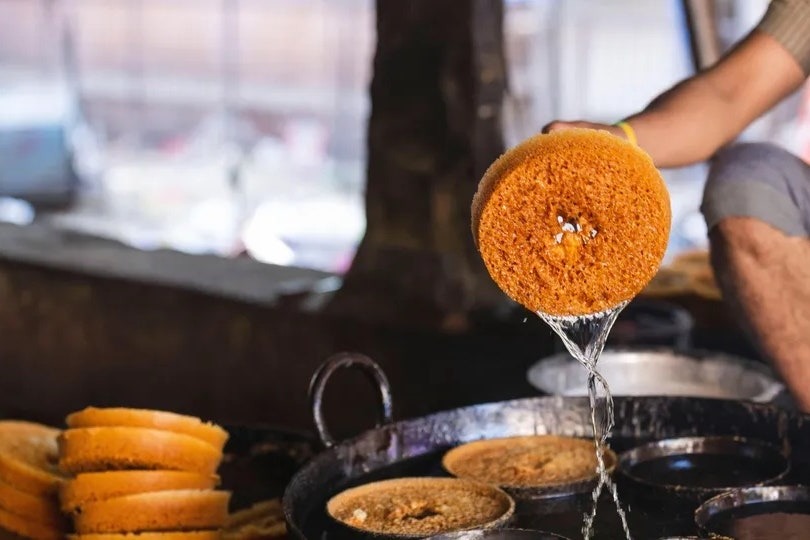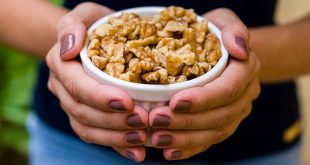
Lord Shiva’s blessings are showered in Sawan. Shiva devotees are full of joy in this month. There is drizzle in the month of Sawan. The weather is pleasant at this time. There is a tradition of eating Ghevar sweet in the month of Sawan. Ghevar is eaten in every household in Rajasthan, Haryana, Delhi, Gujarat, Madhya Pradesh, West Uttar Pradesh.
There is a tradition of eating Ghevar on the popular fast Teej. There is a tradition of serving Ghevar sweet to the guests in Sawan to welcome them well.
According to Ayurveda, Vata and Pitta predominate during the rainy season and cause dryness and acidity. Ghevar sweets are believed to have soothing properties due to the use of ghee and sweet syrup. Talking about cultural significance, eating and distributing Ghevar during monsoon is considered auspicious.
Ghevar with syrup can be kept in the fridge and eaten for 10-12 days and Ghevar with cream can be eaten for 3-4 days. After making 4-5 Ghevars, their color starts changing. Kesariya Ghevar is prepared by mixing desi ghee and sugar. Kesariya Ghevar does not spoil for many days. Apart from this, a creamy Ghevar is made in which khoya is used. Many types of dry fruits etc. are also used in these Ghevars.
According to some experts, a lot of ghee is added to Ghevar and this is the reason why it is eaten immediately after the fast. Ghee provides the right amount of heat and energy to the body. Eating Ghevar on Teej is linked to the Ayurvedic practices of Vata and Pitta.
 Lucknow Press
Lucknow Press
